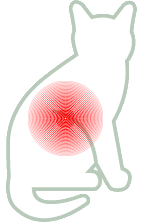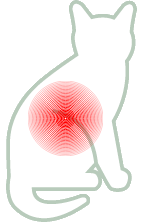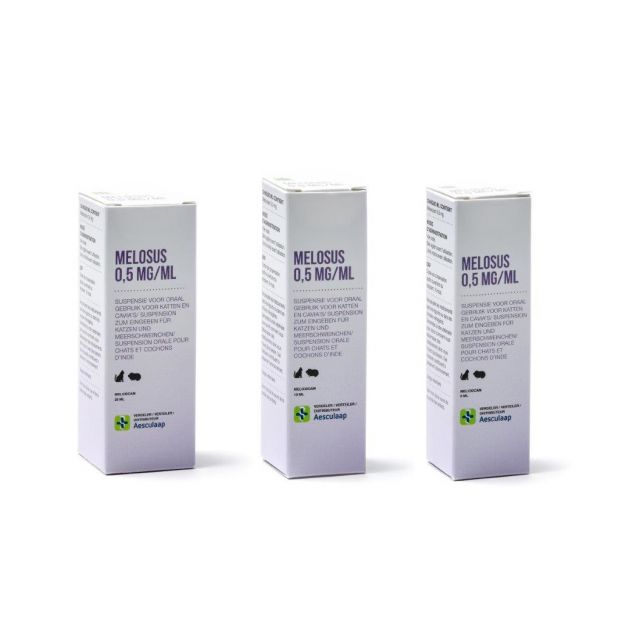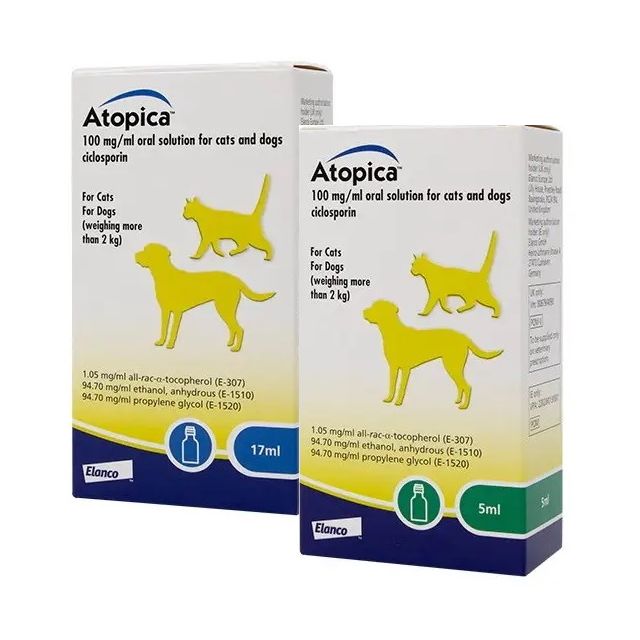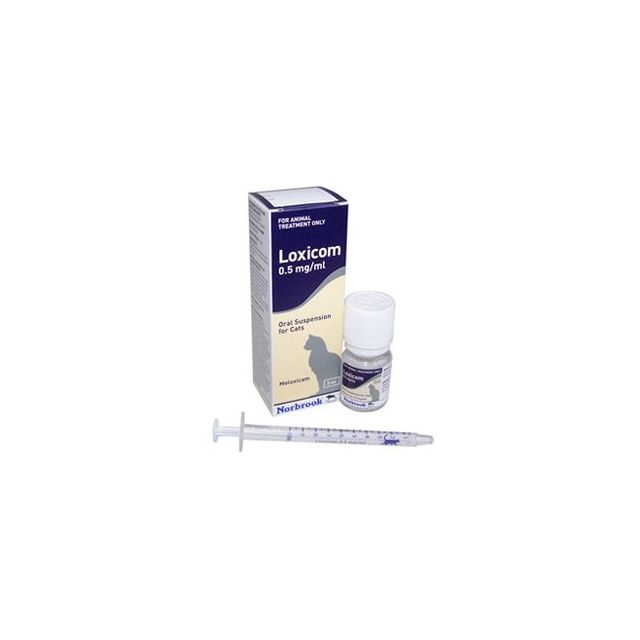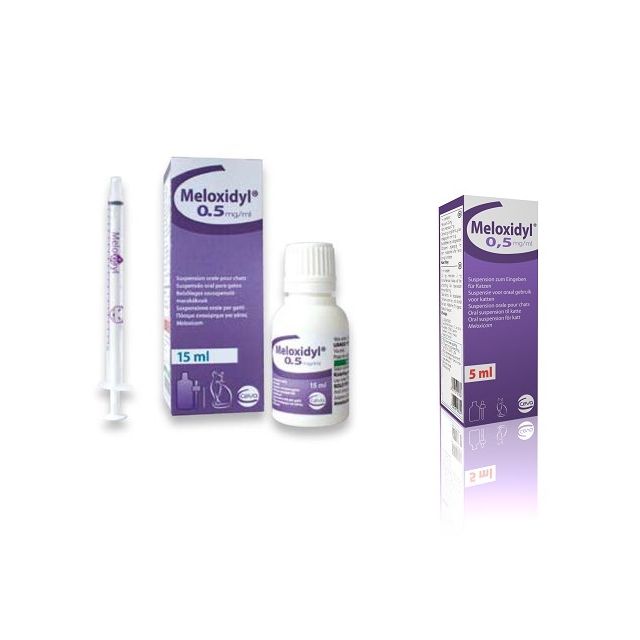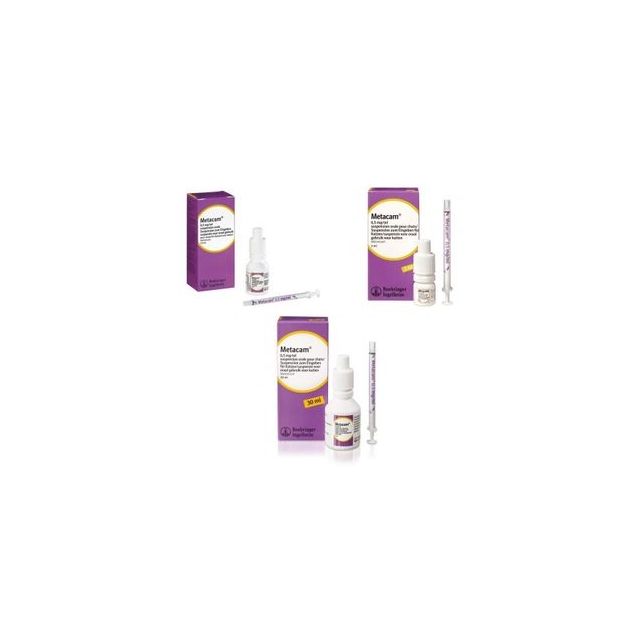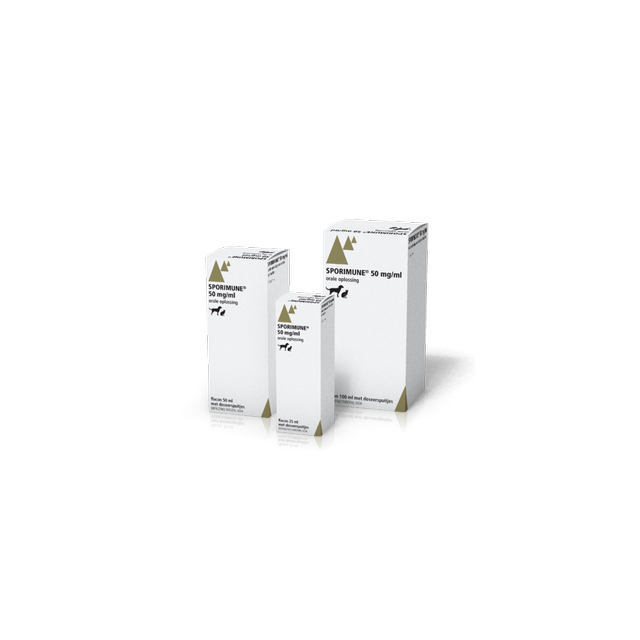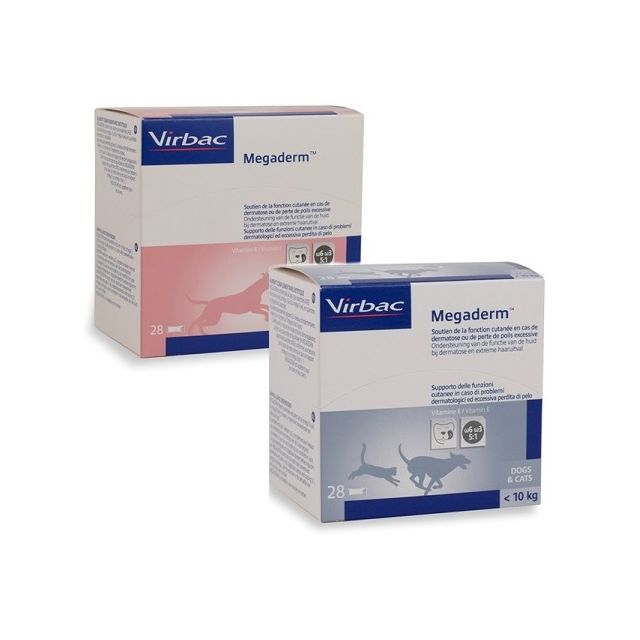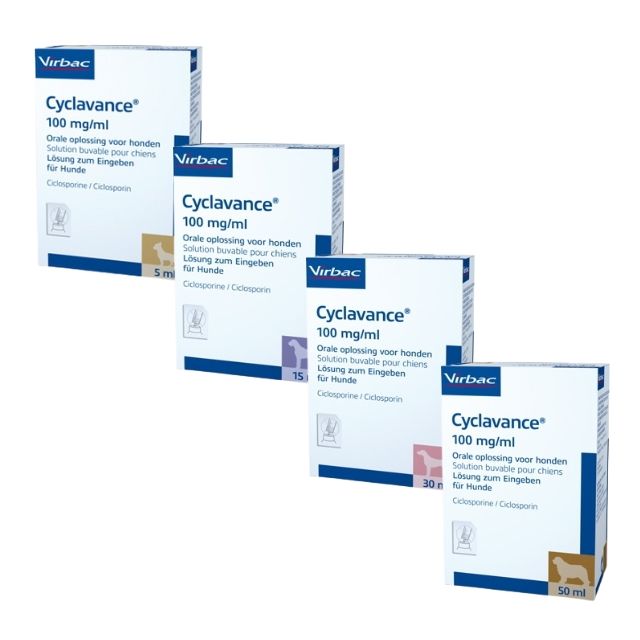Pain and inflammation in the cat
For a pet owner, it's terrible to see their cat suffering in pain. Pain can have many different causes, be acute or chronic, and its severity can vary from bothersome to life-defining. Inflammation is a very broad term; inflammation can cause a small harmless swelling, pain, and fever or, for example, diarrhea and itching. Because cats are masters at hiding pain, Pharmacy4pets helps you recognize pain in your cat in a timely manner.
Pain in Cats
Pain is the unpleasant feeling that indicates that something is wrong somewhere in the body. However unpleasant pain may be, it does have a function, namely to prevent more serious damage, allowing the body a chance to recover. However, severe or prolonged pain is bad for the well-being of the cat and can even slow down recovery.
Recognizing Pain in Cats
Cats do not easily show that they are in pain. Or they do show it, but the signals they emit are not recognized by their owner. Cats mainly show changes in behavior and posture when they are in pain. Especially chronic pain is often difficult to recognize because behavioral changes often occur gradually. However, it is very important to recognize pain signals because early pain management can prevent a lot of suffering. Some pain signals are:
- Decreased appetite.
- Weight loss or gain (due to eating less or less movement).
- Being less active.
- Seeking more or less interaction with the owner.
- Withdrawing or hiding.
- Not wanting to be touched as much or showing pain when touched.
- Change in character.
- Changed posture: for example, elbow or squatting posture with paws under the body, rounded back.
- Specific facial expression: squinting eyes, flat ears, flat nose, tense mouth and whiskers.
- Changed mobility: for example, walking with a rounded back, jumping less.
- Change in mood: seeming less energetic or cheerful, symptoms of depression, changes in behavior towards other animals.
- Aggression.
- More or less sleep.
- A poorly groomed coat because the cat washes less well or less often.
- Licking, scratching, or biting at the painful spot, sometimes with hissing/growling.
Especially in old cats with pain, for example due to arthritis, the behavioral change and stiffer walking are often attributed to old age. And that while the pain of these cats really should and can be addressed!
Causes of Pain
A cat can have pain all over its body, from its head to its toes. Common types of pain are:
- Orthopedic pain: pain in the musculoskeletal system, so in the muscles, bones, or joints. Think of a broken leg or pelvis after an accident or pain due to arthritis, a condition that affects about 90% of older cats.
- Pain from trauma: for example, pain after a fight with another cat or a fall from a window. Pain caused by surgery also falls into this category.
- Visceral pain: this is pain originating from the organs in the chest or abdomen, such as inflammation of the pancreas or bile ducts, intestinal cramps with diarrhea or constipation, and pain from cancer.
- Neurological pain: for example, with a hernia, the pain comes from nerve compression.
Treatment of Pain
Even though pain has a function, it is of course best for the well-being of the cat to give her a good painkiller. The most well-known and commonly used painkiller in cats is the NSAID, the non-steroidal anti-inflammatory drug. You cannot buy this anti-inflammatory painkiller without a prescription, just like the other painkillers. NSAIDs for cats are available in tablet form or as a tasty liquid.
To relieve the pain, it is important to address the cause: the surgery of a broken leg, a special dietary food to dissolve bladder stones, or the treatment of abdominal cramps and vomiting.
In addition to painkillers, nutritional supplements can often nicely support the treatment of pain. For example, if the stool is very hard and your cat suffers from it, it can be softened with Iso-Gel. Honey ointment, for example, has a soothing effect on the skin and helps it heal. Flexadin Advanced and Trovet Mobility can help your cat remain flexible in movement.
No cat should suffer pain, so it is important for you as an owner to learn to recognize pain in your cat so that you can take action in time.
Inflammation in Cats
Inflammation is a response of the immune system to a stimulus, such as a bacterium or a virus. Furthermore, inflammation can be caused by contact with an irritating plant or a hot surface such as a stove. Inflammation can also be an exaggerated reaction to things that are actually normal. For example, in allergic reactions to fleas or food. An autoimmune reaction is inflammation directed against the body itself. The terms inflammation and infection are often used interchangeably. Inflammation may be accompanied by an infection with bacteria or yeasts, such as is often the case with ear infections, but this is not necessary. In the latter case, we speak of 'sterile inflammation'. This is for example the case with arthritis.
Symptoms of Inflammation
The five characteristics of inflammation are: redness, pain, swelling, heat, and loss of function. Inflammation can cause various complaints, depending on the location, cause, and severity. For example, if a cat has inflammation in its leg, it will limp, if it has a flea allergy, it will itch a lot, and if it has inflammation of the oral mucosa, a cat will drool and eat less well. Sometimes a cat has hardly any symptoms and only a small swelling or a red spot, for example at the spot where a tick has been.
Treatment of Inflammation in Cats
The treatment of inflammation mainly depends on its location, nature, and severity. Inflammation is often treated with anti-inflammatory drugs.
Inflammation of the skin, eyes, and ears is often treated locally with an anti-inflammatory ointment with possibly an anti-fungal or anti-bacterial agent. Honey ointment can nicely support the healing skin. In the case of a flea allergy, monthly flea control is the most important thing to keep a cat itch-free. In many inflammations, pain relief is also necessary. Often, non-steroidal anti-inflammatory painkillers are used: painkillers that also work immediately as anti-inflammatory drugs. If there is also a systemic infection with bacteria, an antibiotic is usually given. In some severe inflammations such as many autoimmune reactions, NSAIDs are insufficient and steroidal anti-inflammatory drugs (corticosteroids) must be used to control inflammation. For allergies, inflammation and itching can be suppressed by specific anti-inflammatory drugs. The usefulness of the omega-3 fatty acids EPA and DHA as support for various inflammatory processes has been extensively proven. These fatty acids are found in fish oil. Catoils Vital, Megaderm, and Seraquin Omega contain a high content of EPA and DHA. The bacteria in the intestine play a very important role in defense. With probiotics such as Purina Pro Plan Fortiflora, the cat's resistance can be supported.
Pharmacy4pets is happy to help your cat with inflammation or pain with prescription medication, soothing ointment, and supportive nutritional supplements. If you have any questions about our products or about pain or inflammation in your cat, please contact us.

